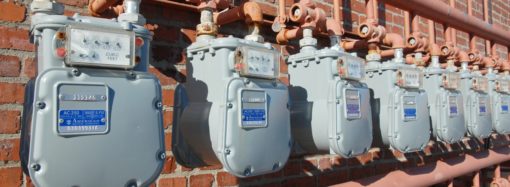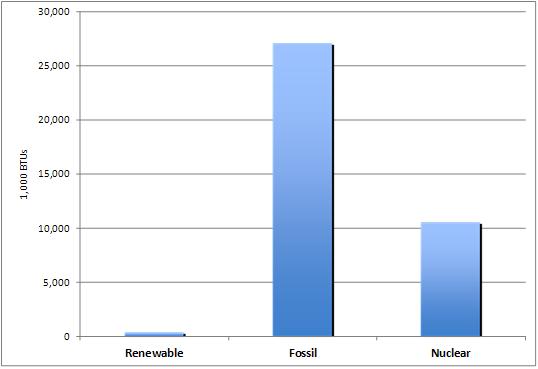Congressman Cory Gardner was on my radio show this morning defending his plan to first extend and then phase out the production tax credit (PTC) for wind energy. My colleague Michael Sandoval and I are on record as opposing the PTC, and all other energy subsidies. Now we have additional evidence that renewables are so inefficient that without subsidies, its likely no one would use wind or solar as an electric resource on a commercial scale.
Thanks to a blog post from Steven Hayward of the American Enterprise Institute, which explains that the subsidies for non-hydro renewable energy are even more outrageous when measured in BTUs:
Last week’s energy fact looked at a new CBO report which showed that non-hydro renewable energy now receives two-thirds of all federal government tax preferences, while fossil fuels only receive about 15 percent. But the situation is really much worse than it looks if you calculate how much energy is produced per dollar of tax subsidy. While the CBO report didn’t make this calculation, we did, and the results are in the chart below, which displays how much energy is produced for every dollar of tax preference. Every dollar of tax preference for non-hydro renewables produces 407,000 BTUs of energy, while every dollar of tax preference for fossil fuel delivers 66 times as much, 27 million BTUs of energy. Nuclear power subsidies—only 4 percent of total tax preferences—produce almost 26 times more energy per dollar than renewables. This is the reason renewable subsidies are both necessary to the industry, and unsustainable, at least at any scale that the taxpayer would be willing to pay. For renewables to match the output of fossil fuels at the current tax preference rate, the total tax preference would need to be $897 billion. That’s probably real money even to Obama.








